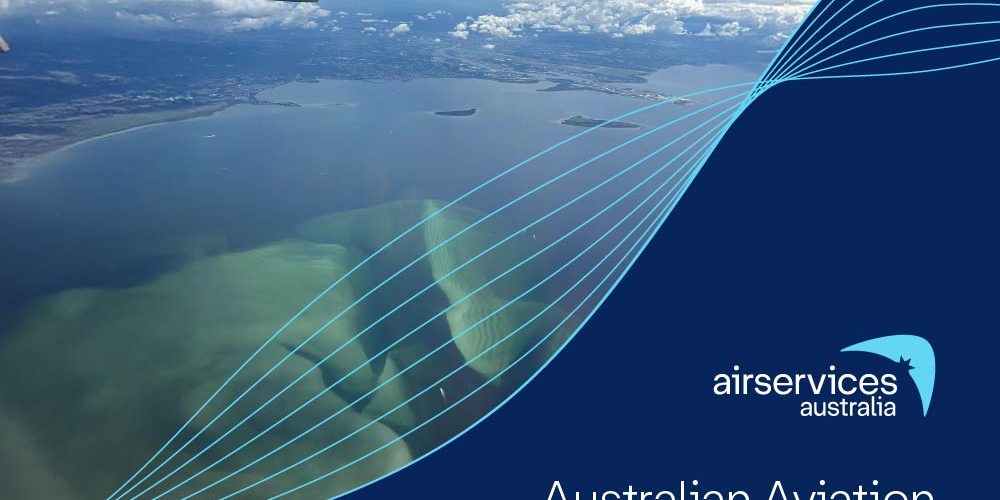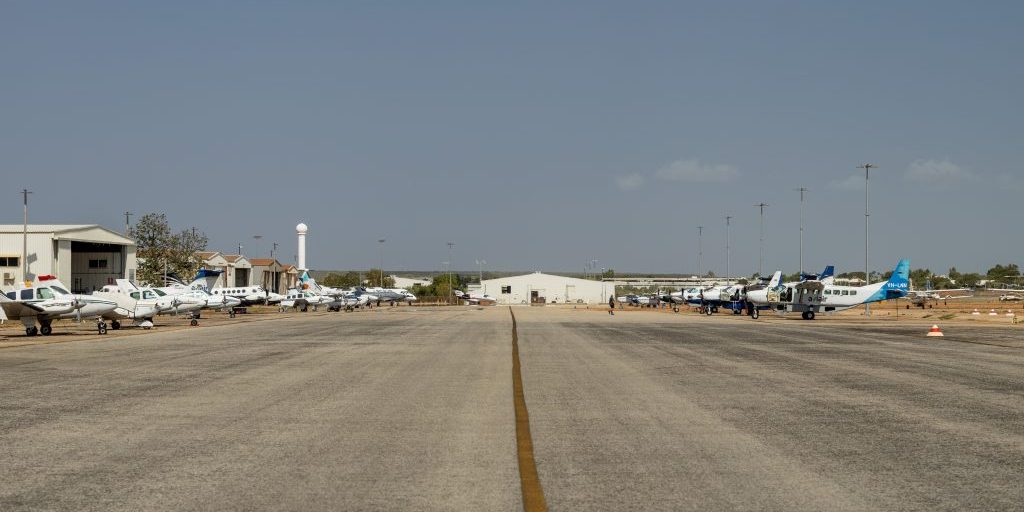Airservices will establish a new system improving the way unexpected but significant weather changes are identified and alerted to pilots.
Launching on 8 November 2018, the alerting function of special weather reports (SPECI) will be operating through an upgraded NAIPS system.
With safety as our main priority, the Air Traffic Control (ATC) SPECI filtering system will provide data that’s vital for the pilot operational and safety decision making process.
A SPECI report is issued when there is significant deterioration or improvement in airport weather conditions, such as significant changes of surface winds, visibility, cloud base height and occurrence of severe weather.
ATC currently provide all SPECI for aerodromes that do not have an automatic broadcast system (ABS)—pilots must listen in to the ABS at other aerodromes to get the latest weather.
The new system will assess SPECI for all locations and will provide more specific filtering to identify significant SPECIs. ATC will then direct these SPECI to affected pilots within one hour’s flight time.
What changes will pilots notice?
- SPECIs will be made available for all non-towered locations regardless of whether it is an Automatic Broadcast Service (ABS) location. This includes non-continuous towers outside tower hours.
- SPECIs are only disseminated if different from the associated TAF (the forecast of meteorological conditions expected at an aerodrome).
- A repeat SPECI within 15 minutes from original SPECI will be provided only if the weather situation is ‘worse’ than issued previously.
Further information
The National Aeronautical Information Processing System (NAIPS) is a multi-function, computerised, aeronautical information system. It processes and stores meteorological and NOTAM information as well as enables the provision of briefing products and services to pilots and the Australian Air traffic Control platform.
Aerodrome Weather Reports are also available on the BOM website.



